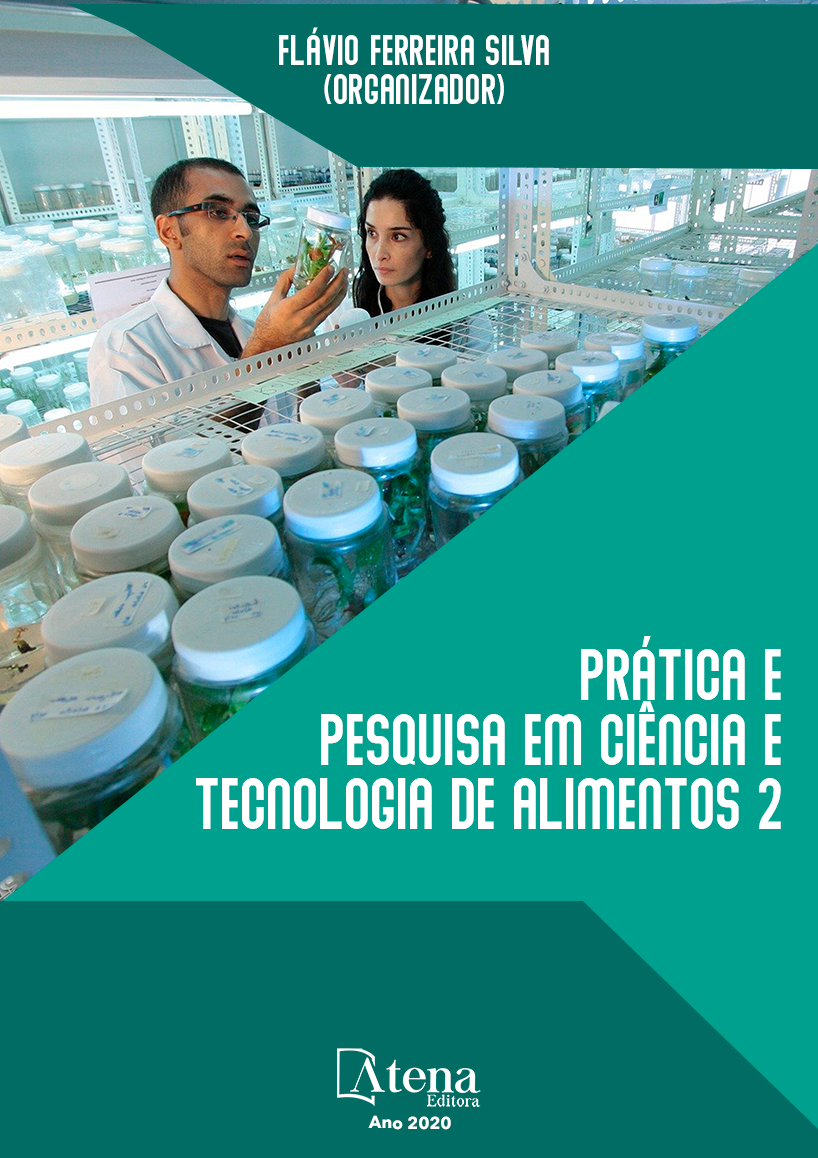
USE OF ENERGY DISPERSIVE SPECTROSCOPY AND PRINCIPAL COMPONENT ANALYSIS FOR DETECT PENICILLIN IN POWDERED MILK
The milk and its derivatives are the most consumed food. This study focuses on detection of penicillin residues in powdered milk through Energy Dispersive Spectroscopy. For this simulated samples were considered. The simulated ones take into account veterinary drugs added in milk samples in the following concentration penicillin 4 μg/L (4 ppb). The statistical tool used to discriminate the samples was the principal component analysis (PCA). The PCA discriminated penicillin-contaminated milk powder. Through the vectors in the PCA we also discriminated the samples according to their elemental composition. The methodology proved to be fast and accurate within the maximum residue limits allowed by regulatory agencies.
USE OF ENERGY DISPERSIVE SPECTROSCOPY AND PRINCIPAL COMPONENT ANALYSIS FOR DETECT PENICILLIN IN POWDERED MILK
-
DOI: 10.22533/at.ed.27020060313
-
Palavras-chave: Energy Dispersive Spectroscopy. Milk. Principal Component Analysis. Penicillin.
-
Keywords: Energy Dispersive Spectroscopy. Milk. Principal Component Analysis. Penicillin.
-
Abstract:
The milk and its derivatives are the most consumed food. This study focuses on detection of penicillin residues in powdered milk through Energy Dispersive Spectroscopy. For this simulated samples were considered. The simulated ones take into account veterinary drugs added in milk samples in the following concentration penicillin 4 μg/L (4 ppb). The statistical tool used to discriminate the samples was the principal component analysis (PCA). The PCA discriminated penicillin-contaminated milk powder. Through the vectors in the PCA we also discriminated the samples according to their elemental composition. The methodology proved to be fast and accurate within the maximum residue limits allowed by regulatory agencies.
-
Número de páginas: 15
- Maria José Valenzuela Bell
- Rafaela Tavares Batista
- Renato Pereira de Freitas
- Roney Alves da Rocha
- Virgílio de Carvalho dos Anjos
- Leandro da Conceição Luiz


